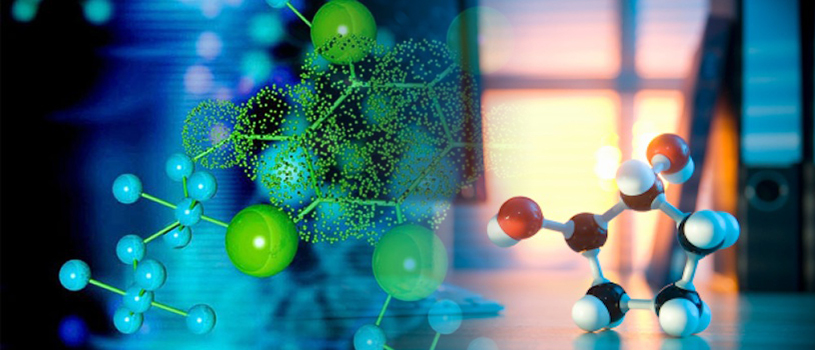
Curiosity triggered a thought-provoking conversation about light - ultimately, why doesn't light wear out and lose energy over time?

A paradox at the heart of quantum physics has been tested in an extraordinary fashion, pushing the boundaries of human intuition beyond breaking point by measuring a pulse of light in 37 dimensions.

For most of our evolutionary history, human activity has been linked to daylight. Technology has liberated us from these ancient sleep-wake cycles, but there is evidence sunlight has left and continues to leave its mark.

In their experiments, German physicists observed the dimensional crossover from one to two dimensions in a harmonically trapped gas of photons (light particles) and studied its properties.

A completely new structure of light just dropped, called the chiral vortex – and the international team of scientists behind its creation says it could be crucial in developing new drugs and in accurately diagnosing diseases.

The phenomenon might play a role in the formation and evolution of fog and clouds, and thus would be important to incorporate into climate models to improve their accuracy.

Researchers have discovered that in the exotic conditions of the early universe, waves of gravity may have shaken space-time so hard that they spontaneously created radiation.

Netherland's team of researchers developed a light sensor more sensitive than anything built before.

A new study offers evidence that, not all of the light streaming from a black hole’s surrounding disk easily escapes. Some of it gives in to the monstrous pull of the black hole, turns back, and then bounces off the disk and escapes.

Scientists have discovered that terahertz light - light at trillions of cycles per second - can act as a control knob to accelerate supercurrents. That can help open up the quantum world of matter and energy at atomic and subatomic scales.

A pulse of laser light resulted in a stable "supercrystal" created by a team of U.S. researchers. The team's goal is to discover interesting states of matter that do not exist in equilibrium in nature.

Physicists have created a new form of light that could enable quantum computing with photons.

By forcing light to go through a smaller gap than ever before, researchers have paved the way for computers based on light instead of electronics.

Researchers at Australia university were able to store light waves as sound waves on a microchip, which could bring us closer to light-based computers.

Recent research shows that light is much stranger and more complex than scientists had previously given it credit for. According to recent findings, light can also behave like a liquid.